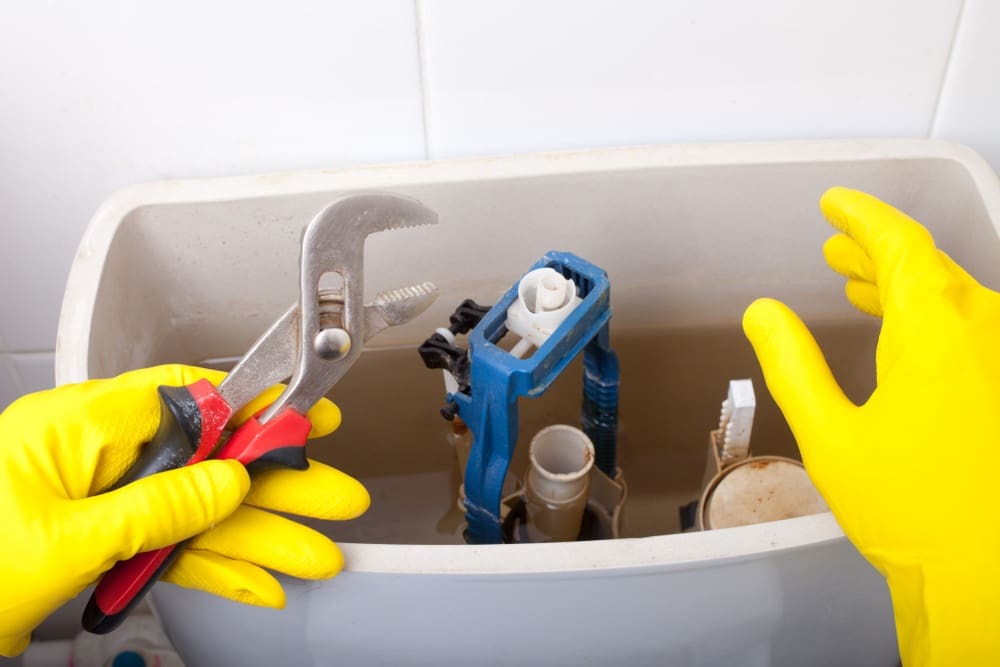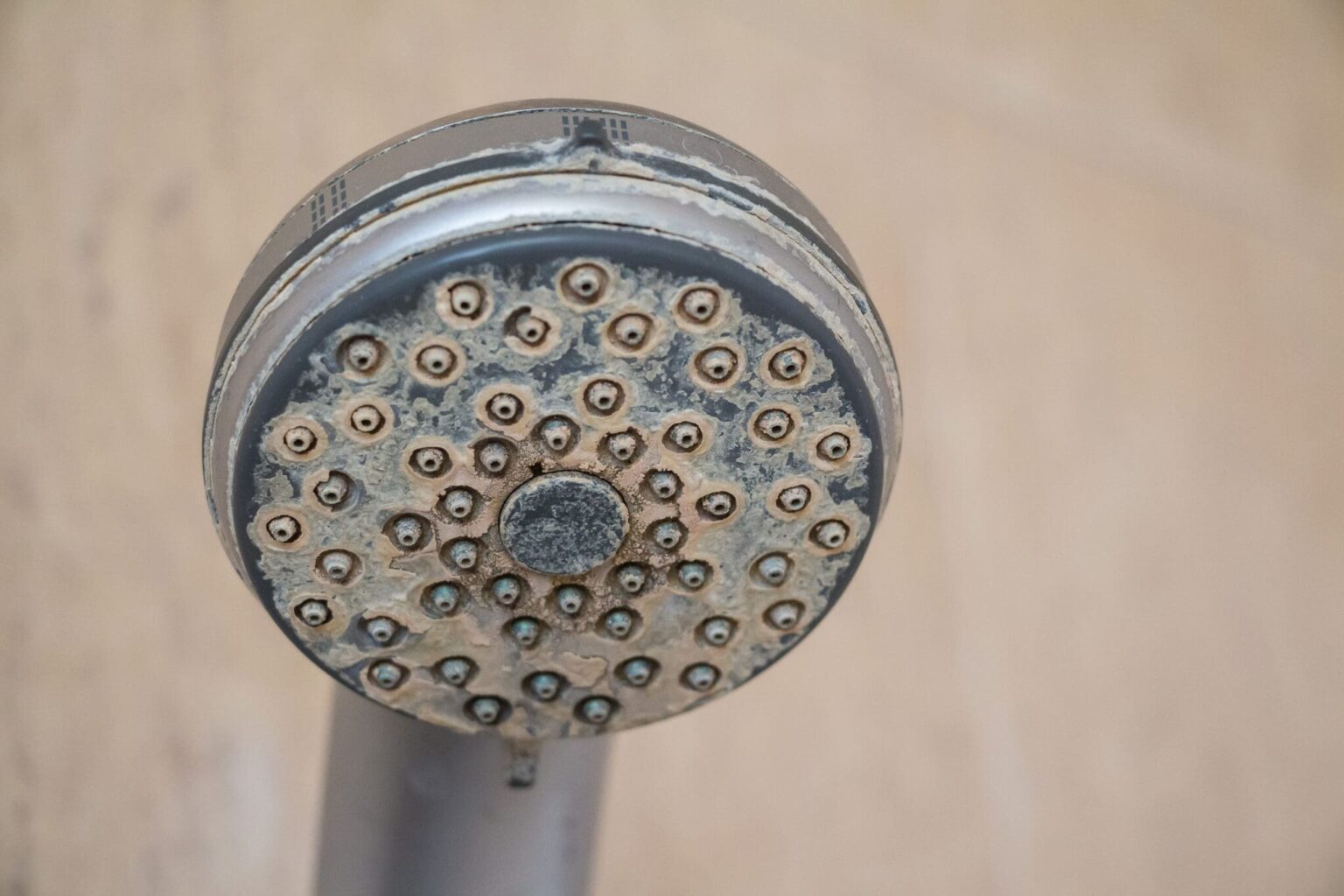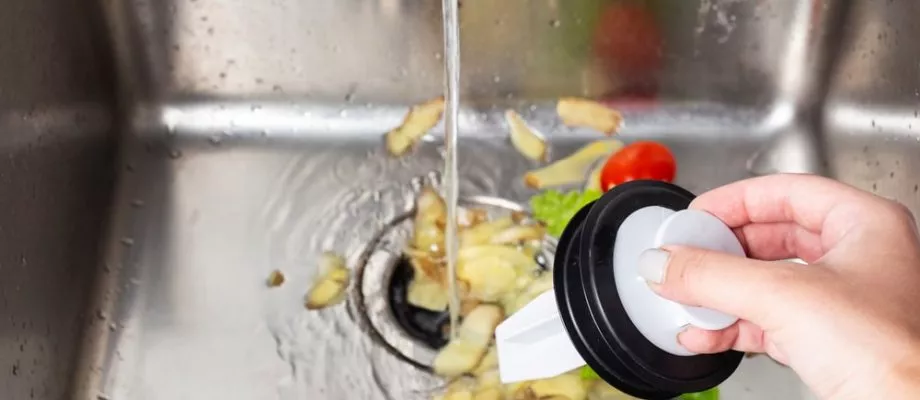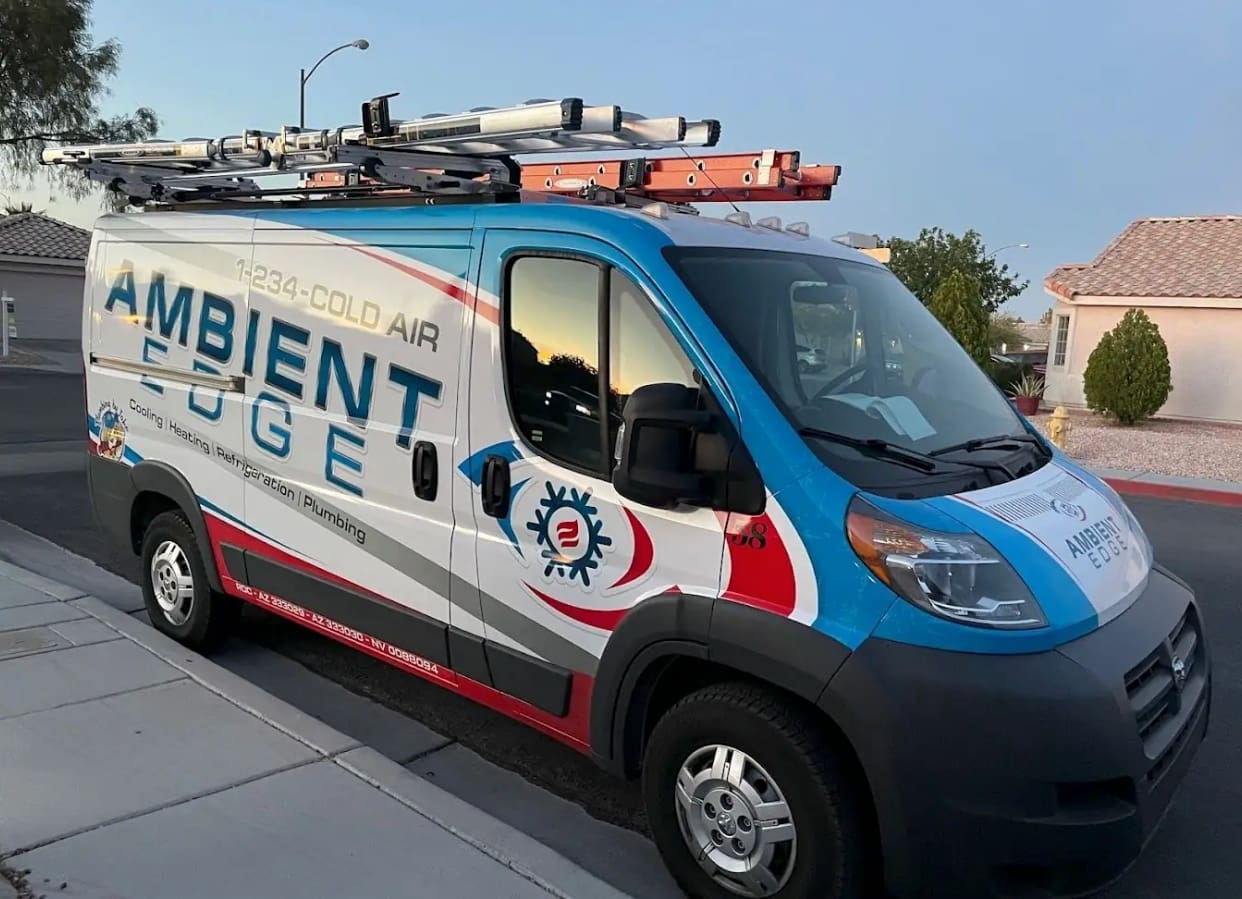HVAC systems come in packaged units or split systems. Which is better for your home or business? That’s what we’re going to break down. Each has advantages and disadvantages you need to consider before choosing one.
You can also have one of our technicians examine your current system and tell you which type would be best for your current duct system. Redoing existing ducts to change from one to another will add expense if you’re replacing your HVAC system.
The Difference Between Packaged Units and Split Systems
HVAC systems have one part for conditioning the air and the other to move air through the building. In a packaged unit, they are all put into one box that sits on your roof or on the side of your home. Split units put the blower component inside the house to circulate the air.
Split systems require a space in your home to put in the interior unit. This is usually a small utility closet or somewhere in an attic or basement.
Packaged Unit Pros and Cons
Packaged units are mostly used for commercial businesses and larger homes, and commonly sit on top of the roof. Their advantages are:
- Quieter indoor space
- No need for a utility closet
- Easier to install and maintain
- Easier to use different energy sources in a single location
- Excellent for large spaces
- No need to let anyone into your home to work on them
Are there any downsides? There are a few…
- You may need to run exterior ductwork and lines which could violate HOA rules about HVAC
- Your roof needs to be rated to hold the extra weight, if you do a roof install
- Checking the unit for problems can be troublesome if it’s on a roof
- Possibility of roof damage if the packaged unit ever leaks
- More exposure of your system to the elements
Split System Pros and Cons
Split systems keep part of the system outside the home and part of the system inside. Usually the noisier air intake and condenser unit stays outside the home at ground level. The advantages of this setup are:
- More energy efficient
- Easier to maintain since everything is at ground level
- Easier to change or update
Heat pumps often use a split system setup by default. But despite the advantages, there are some downsides:
- They’re noisier, though not as loud as a window unit
- Needs a space inside your home
- Maintenance crews will need access to your home
What About Ductless Systems?
Ductless systems use a split setup as well, but they’re quite different. They’re far more energy efficient compared to packaged unit and split system HVAC setups, and there are tax credits you can claim for installing one. An Energy Star-rated system can save you significantly.
But there are several downsides:
- They are far more expensive, especially if you have to replace an existing duct system.
- They need more maintenance, especially the interior filters. Neglecting regular cleaning can cause serious problems.
- You may not like the aesthetics of the ductless system hanging on your wall.
Given the outrageous amount of heat in our service area, a ductless split system, sometimes called a mini-split system, may pay for itself in saved energy costs faster than you think. If you’re building a new home and have no duct work installed yet, you’ll save even more.
Conclusion
While this list may help, it’s hard to come to a truck conclusion about HVAC packaged units versus split systems until you’ve spoken with an Ambient Edge HVAC installer. We can calculate how large of a unit you’ll need for your home and tell you which type of system is best for your property. Schedule your service with us today.





